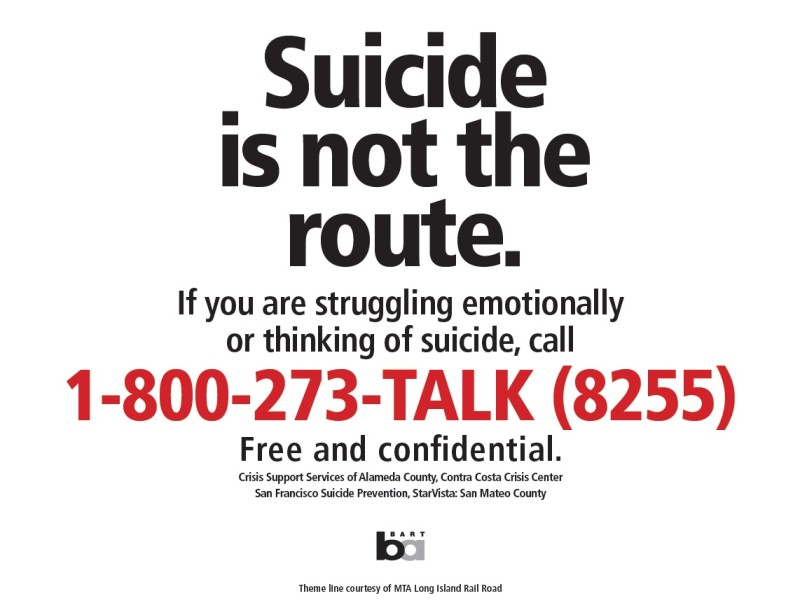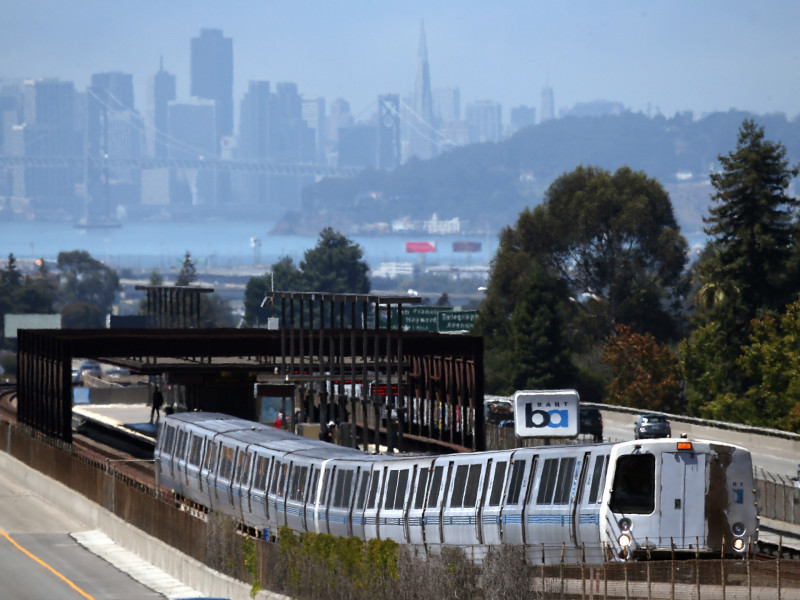BART is announcing a new campaign Tuesday aimed at reducing the number of deaths and injuries on the system's tracks.
The effort includes short-term steps to begin immediately -- including signs with the National Suicide Prevention phone number and training for BART staff most often on station platforms in how to recognize someone who could be in crisis. There are also longer-term goals like "platform screen doors" that would create a barrier between passengers and the tracks.
That last step is "not something that we can do quickly," BART spokeswoman Alicia Trost said of the proposed barriers. "We’d have to do a feasibility study and try to find funding for it. But we wanted to do at least a good first step in having some sort of campaign at BART, as we’ve seen the numbers increase throughout the past few years."

That increase includes a more than doubling of incidents that BART classifies as suicides or suicide attempts in 2014, compared with the previous year. There were five fatalities and one near miss in 2013, according to data provided by BART, and a total of 14 people hit by trains in 2014, with eight fatalities. There have already been five fatalities on the system this year and one near collision with no injury.
The data do not include two BART workers struck and killed by an out-of-service train in October 2013. The incidents included in the data are "presumed suicides or suicide attempts," Trost said.
